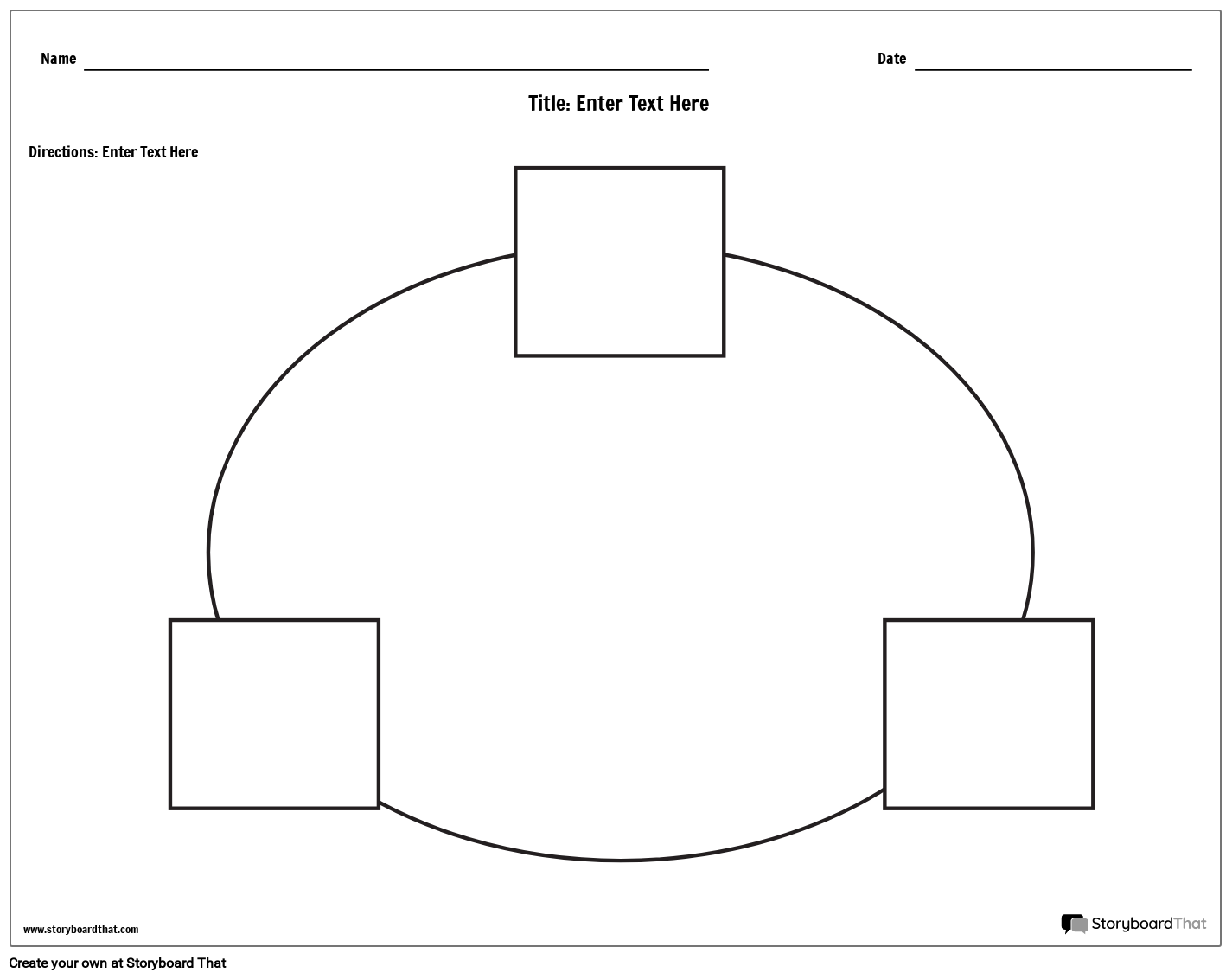Emotional Control
Emotional Control
Name 1 strategy that we brought into your classroom to help teach response inhibition and emotional control.
Blurt Beans
Change the Channel
Stop Signs ("Do I want the consequence?", "Is this a good time?", "Is someone speaking?", "Can this wait?")
Name 1 strategy that we put into your classroom to help teach sustained attention.
Blurt Beans
Target
Name 1 strategy that we brought into your classroom to help teach time management and planning.
"Make it Happen" list
Analog Clock
Get Ready-Do-Done
Give an example of how you can best to remember this number:
T8931026443B
Chunking: (893) 102-6443
Visualization: T-Ball, Taco Bell, Tall Boy
Verbal Rehearsal: saying items/numbers/letters over and over
What is something that makes it hard to demonstrate good skills in executive functioning?
a) Not enough sleep
b) Hungry
c) Routine is off/different
d) Not feeling well
e) All of the above
e) All of the above!
True or False:
Our emotional reaction shouldn't match the size of the problem.
(Example: huge problem, small reaction)
False!
Our emotional reaction should always match the size of the problem.
Example: Being flexible and using a calm voice when we are not called on and the teacher moves on.
Which of the following is an example of self-talk that we can use when a friend is talking to us?
a)"I need to tell them about my weekend"
b)"I wonder what my other friends are talking about"
c)"I'm going to keep my eyes and ears on them"
d)"I kind of want a hotdog for dinner tonight"
c) "I'm going to keep my eyes and ears on them"!
Explain what "begin with the end in mind means", as it relates to the steps of planning to complete a task (Ex: "Get Ready, Do, Done")
Thinking about what you want a task to look like when it's done so that you understand the steps it takes to get there.
(Examples: reading a recipe before cooking or looking at a map before leaving on a trip is beginning with the end in mind.
Solve one of the following Working Memory strategies:
NESW-
HOMES-
ROYGBIV
Never Eat Soggy Waffles (North, East, South, West)
Huron Ontario Michigan Erie Superior (Great Lakes)
Red, Orange, Yellow, Green, Blue, Indigo, Violet (Colors of the Rainbow)
Give an example of a calm-down strategy we discussed that you might use to practice emotional control.
"1-2 Think Before Do"
"Shape Breathing"
"Grounding AKA I-Spy"
"Watch Blurt Bean Jar"
Fill in the blank:
Is this a good time?
Is someone speaking?
Will this be ______________?
Why might your teacher(s) ask you to get "back to bullseye"?
Your teacher wants you to get back to listening, discussing and working through what the group is doing, so do you don't miss anything important.
Explain what you do in the yellow/"Get Ready" done stage of Get Ready, Do, Done.
Explain the materials, tools, or things that you will need in order to complete the steps in the green/"Do" stage
Name 1 strategy that we talked about that can help with working memory.
Chunking
Verbal Rehearsal
Rhyming
Acronyms
"Self-Control" is just another way to say ________________ (Executive Functioning Skill)
Response Inhibition
Explain what happens in our brain when we "flip our lids"?
Our brain tells us to go into the Fight, Flight, or Freeze mode!
Our upstairs and downstairs brains struggle to communicate to try to calm back down to make good decisions.
True or False:
Sustained attention is the ability to NOT focus on things that are NOT related to the goal or task.
True!
When do you think your teacher would be most likely to ask you to use your planning and time management skills?
a) when you have an easy day in the classroom
b) when you are on vacation
c) when you have plenty of time
d) when you have very little time
d) when you have very little time!
Which of the following is an example of working memory?
a) remembering what cake you had on your 1st birthday
b) remembering what step to take next in solving your math problem
c) planning for what you'll do next weekend
d) remembering your 2nd grade teacher's dog's name
b) remembering what step to take next in solving your math problem!
Give an example of when paying attention to the wrong thing can be be harmful to learning in the classroom
(examples: paying attention to a friend who is talking vs. the teacher's instruction and not having the information you need for activity, paying attention to the front of a worksheet-but not reading the directions to notice there's a backside to the worksheet)
Name 2 reasons that explain why response inhibition and emotional control skills are lifelong skills.
Help us be better learners, better friends, and they help us improve our mood, confidence and self-esteem
What question might your teacher ask you if she would like you to get back to using sustained attention?
a) "What is your plan?"
b) "What is the best choice?"
c) "What is your favorite color?"
d) "Where is your focus?"
d) "Where is your focus?"
Explain each stage of Get Ready Do Done for:
Making a Peanut Butter and Jelly Sandwich

Done:
Completed Sandwich on Plate
Do:
Get bread, jelly, peanut butter, plate, and knife out. Open bread, lay two pieces on plate, open the peanut butter jar, use knife to spread peanut butter...
Get Ready:
Bread, Jelly, Peanut Butter, Knife, Plate
How would I use the center and each of the three boxes of this graphic organizer, in a writing assignment to explain s'mores:

Picture/spelling of a s'more in the middle. Break down each of the three elements into each box. Each box represents a paragraph describing what that ingredient is and why it is an essential part of what is in the center of the organizer (completed s'more)
What did we call the part in our brain that controls all of the skills in Executive Functioning?
Brain Boss